Queen Victoria ruled Britain from the 1830s to the 1890s. This period is known as the Victorian era. Among many other things, fashion developed considerably in this era due to massive advancement in the textile industry. At that time, a person’s outfit represented his or her social class. Victorian women’s clothing changed more than Victorian men’s clothing over the decades of this era. The Victorian suit was no exception. It also underwent changes gradually.
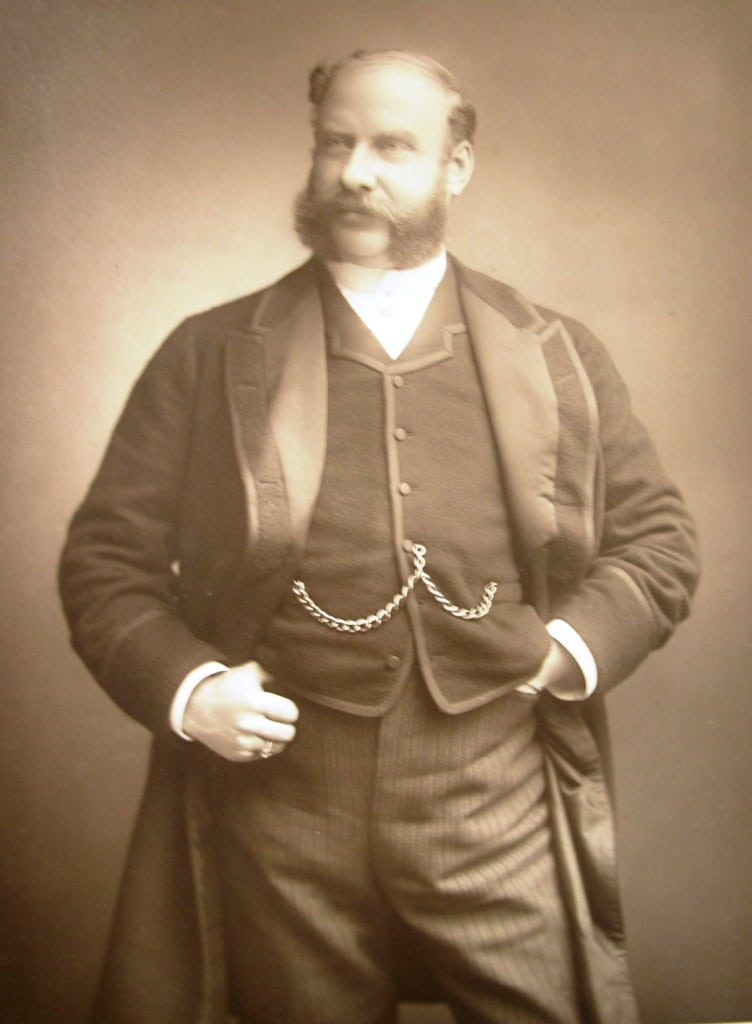

Victorian Men’s Suit
In the Victorian era, men used to wear a suit that consisted of coats, vests/waistcoats, shirts, trousers, hats, ties, and shoes. Each of these garments changed gradually in this era. A cloak or coat was worn when going outside. Men usually had two or three variations of each garment. At that time, men’s fashion was highly influenced by the clothing and style of upper-classmen. Queen’s husband, Prince Albert’s outfit in public, would become the latest fashion.
Victorian Coats
In the initial period of this era, the frock coat was usually worn by Victorian men as a day dress. It was the trending fashion from the 1840s to the early 1850s. It was either single-breasted or double-breasted. It had a long waist and a short full skirt. Later its lapel became more concise, and by 1850 double- notched “M” lapel became extinct on frock coats. In the 1860s, the sleeves got broader near the shoulder and then gradually became narrow towards the wrist. By 1870 they were less shaped. The cuff was more defined than before and would close with two buttons. In the 1890s, the lapels elongated, and the waistline rose higher. The Morning coat replaced the trend of the frock coat.
In the 1850s, the jacket came into fashion. It was shorter than the frock coat and morning coat. By the 1860s, it became a general daytime outfit for men. Its sleeves were wider near the shoulder, similar to frock and morning coats. It was available in double-breasted and single-breasted forms. Its pockets were visible, unlike frock coats. The belted form, the Norfolk jacket, was a fashionable country wear. In the 1880s, the fronts of the single-breasted jackets were round, and this style prevailed up to the end of the century.
The tailcoat was used as both day and evening wear before 1830, but it was only worn as an evening dress by 1860. By 1860, black tailcoat was the universal evening uniform and was a famous evening outfit till the end of the century. It was either single-breasted or double-breasted. The evening tailcoat had long lapels that were notched. The buttoning on the day tailcoat was higher. Roll collar came into fashion in the 1880s that revealed the shirt front more than before. The evening coats were mostly made of finely milled cloth, but later they were made with other clothes as well.
In the 1880s, dinner jackets became popular for the less formal evening occasions. It was the shorter form of the lounge jacket but with a roll collar.
Victorian Vests
Victorians vests or waistcoats were available in different colors. The quality of the fabric and the type of design depended on the occasion. Some wedding waistcoats were made of white or cream silk, often embroidered. The usual waistcoats were also made of silk, but the use of silk decreased after 1860. Black evening waistcoats became highly popular in the 1860s and 1870s.
Initially, the waistcoats had a long waistline that became shorter by the late 1860s. A small triangular gap at the center waist was seen in the 1850s. In the 1870s and 1880s, the waistcoat increased in length. They were single-breasted or double-breasted. They had two or three pockets and occasionally four pockets.
The collar was continuous with the lapel, and the neck opening was wide. In the 1850s, the collar and lapel were separated. The lapels were shorter but wider. In the 1870s, the neck opening was deep in double-breasted forms.
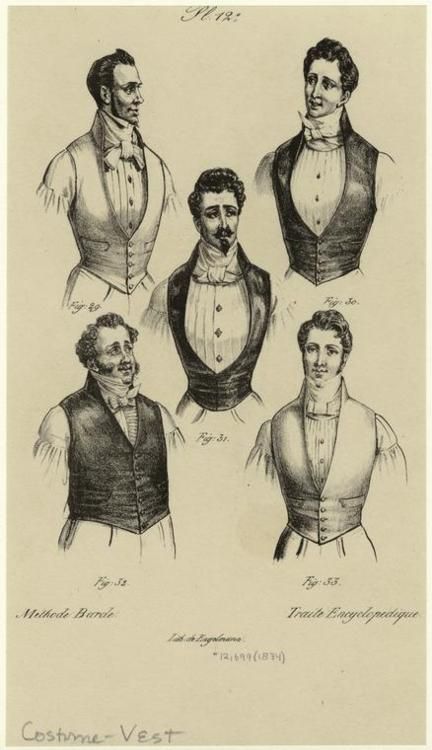
Victorian Shirts
Victorian men’s shirts had a high collar and frilled opening. In 1850 pleating replaced the frill, and the opening was fastened by buttons or studs. Small frills were often used vertically around the buttonholes for decoration. These shirts often had to fasten at the side or back. In the 1840s and 1850s, the collar was lower. Detachable collars also came into fashion at this time. Collars of the 1850s had high ends in the front, which became low by the 1860s. The shirts then had a single or double collar. By the 1890s, all collars became about three inches higher.
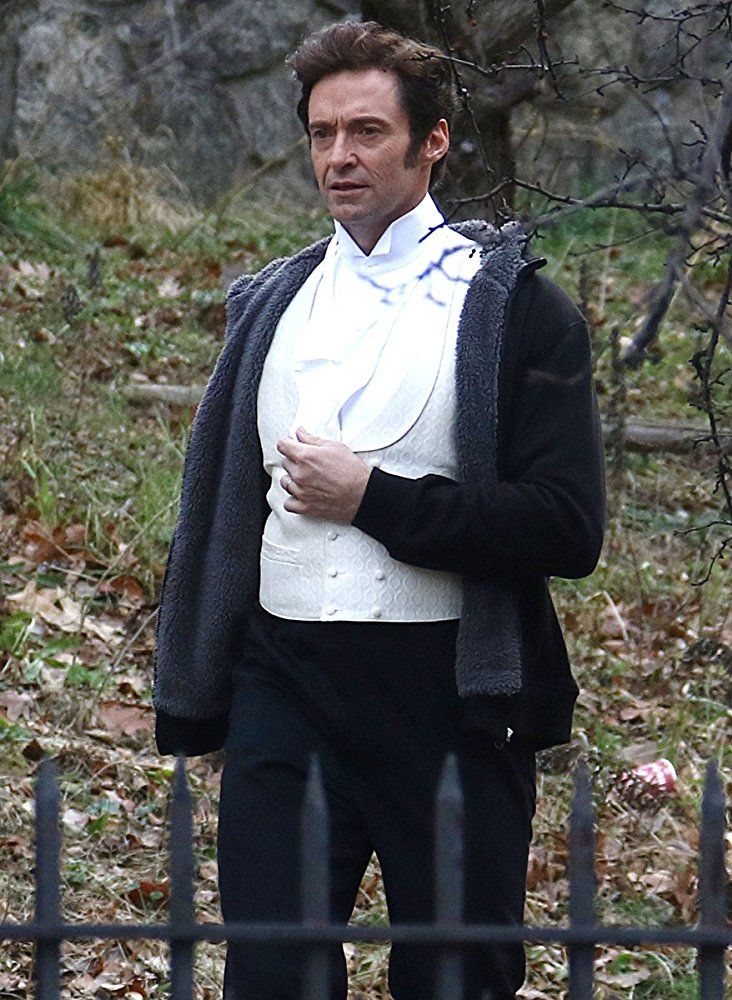
Victorian Trousers
t the beginning of this era, Victorian men still wore tight-fitting pantaloons of calf or ankle length. Soon trousers took their place. Pantaloons became old fashioned after 1850. The trousers were mostly narrow. The peg-top trousers were wide at the top of the leg and tapering to the ankle. Fly front significantly replaced fall-front by 1850. Black trousers were popular in evening wear. Trousers of contrasting colors to the coat, such as white, fawn, or pale grey, were usually worn during the day. In the 1860s, the fashion of using one material for a coat, trousers, and waistcoat started.
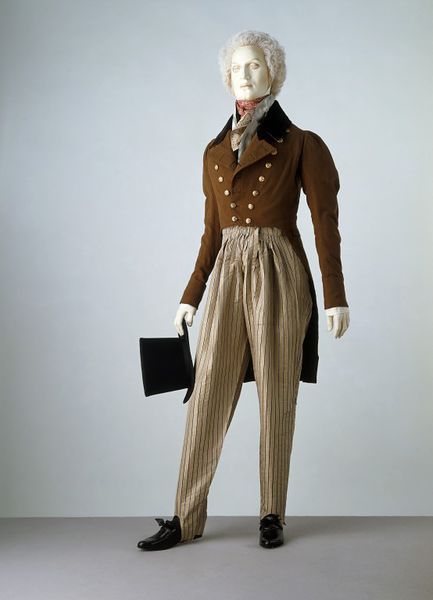
Victorian Ties and Suspenders
Cravat or neckcloth still prevailed in the late 1830s. The stock was also worn, which was a made-up band with or without a bow in front. The tying style of the cravat changed in the 1840s. The neckband became narrow, but the bow or knot was large. By 1860 the cravat became a narrow band which was less than an inch wide. In the 1870s and 1880s, the cravat was narrow in the center but wider at the ends.
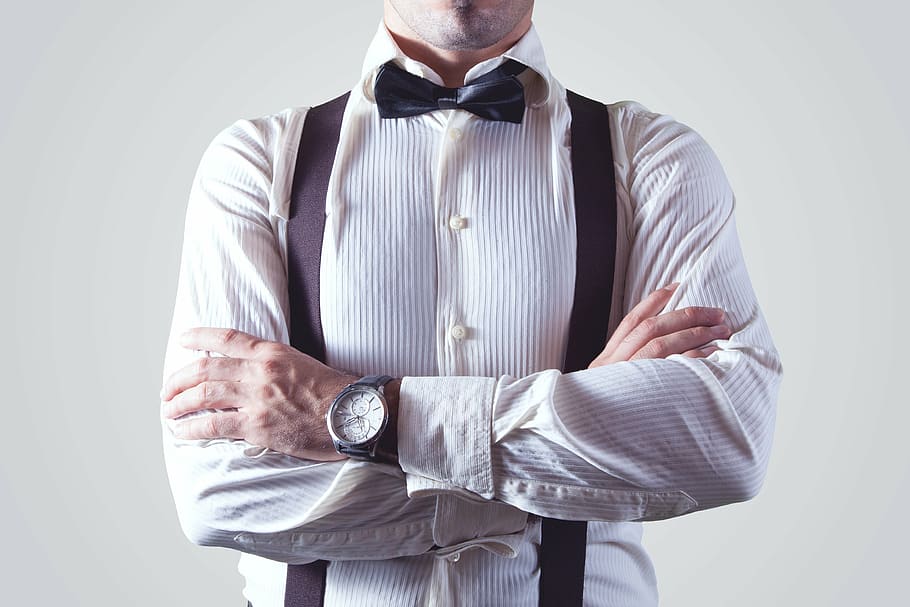
Conclusion
Victorian suits, which were the trending fashion in the Victorian era, are still popular today. Many garments of the Victorian suits have changed tremendously over the decades and have taken the present form. Now the suits are more comfortable and have variations in design. If you are a fan of Victorian suits, you can still buy them from online stores.

